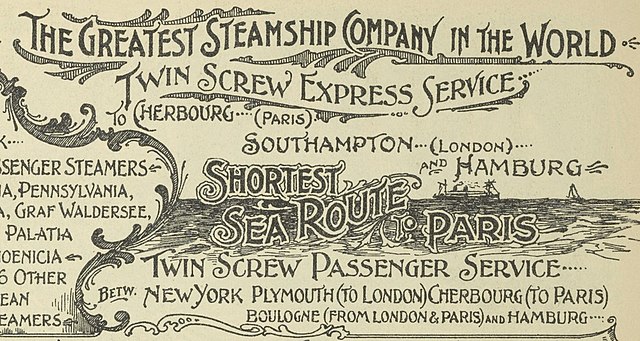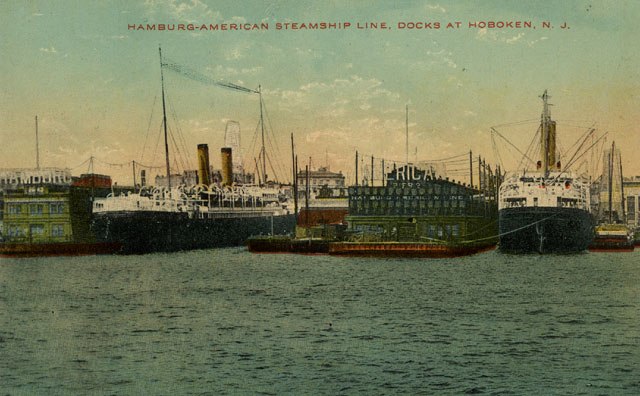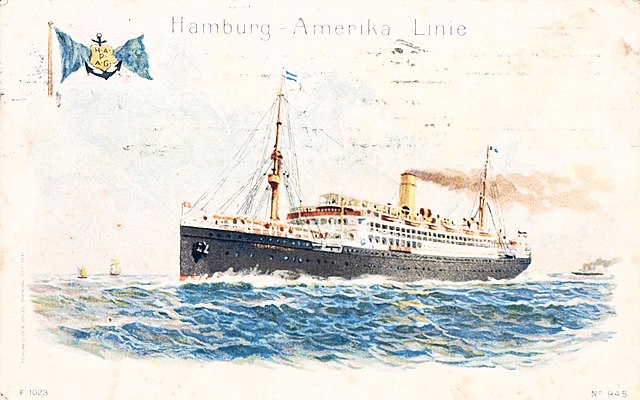SS Deutschland was a 21,046 gross registered ton (GRT) German HAPAG ocean liner which was sunk in a British air attack on May 3, 1945. Before the sinking, between April 16 and 28, 1945, the concentration camp of Neuengamme was systematically emptied of all its remaining prisoners, other groups of concentration camp inmates and Soviet POWs; with the intention that they would be relocated to a secret new camp. In the interim, they were to be concealed from the advancing British and Canadian forces; and for this purpose the SS assembled a prison flotilla of decommissioned ships in the Bay of Lübeck, consisting of the liners Cap Arcona and Deutschland, the freighter Thielbek, and the motor launch Athens. Since the steering motors were out of use in Thielbek and the turbines were out of use in Cap Arcona, Athen was used to transfer prisoners from Lübeck to the larger ships and between ships; they were locked below decks and in the holds, and denied food and medical attention. All people on board the Deutschland survived the attack, though two accompanying vessels sank with great loss of life.

The SS Deutschland
The Hamburg-Amerikanische Packetfahrt-Actien-Gesellschaft (HAPAG), known in English as the Hamburg America Line, was a transatlantic shipping enterprise established in Hamburg, in 1847. Among those involved in its development were prominent citizens such as Albert Ballin, Adolph Godeffroy, Ferdinand Laeisz, Carl Woermann, August Bolten, and others, and its main financial backers were Berenberg Bank and H. J. Merck & Co. It soon developed into the largest German, and at times the world's largest, shipping company, serving the market created by German immigration to the United States and later, immigration from Eastern Europe. On 1 September 1970, after 123 years of independent existence, HAPAG merged with the Bremen-based North German Lloyd to form Hapag-Lloyd AG.
1899 ad in The Mail and Express (New York City)
Postcard of the view from the water of the Hamburg-American Steamship Lines docks in Hoboken, New Jersey, in about 1910
Postcard from the Hamburg-American Line steamship König Friedrich August, issued 1911
Advertisement for the Hamburg-American Line (1930)





